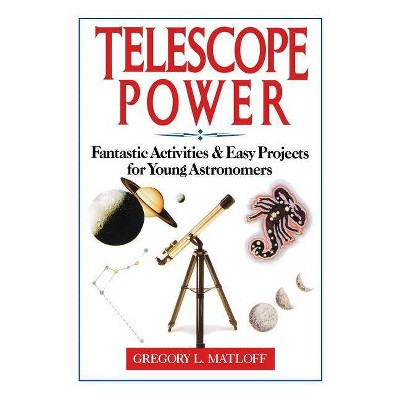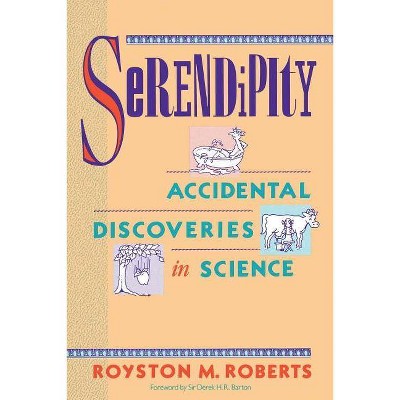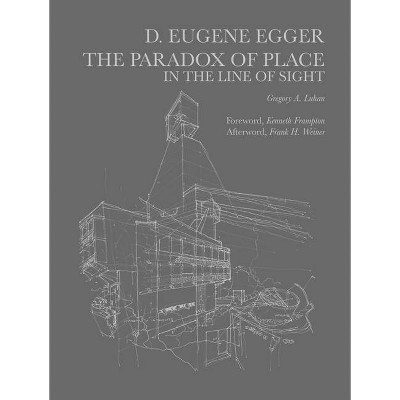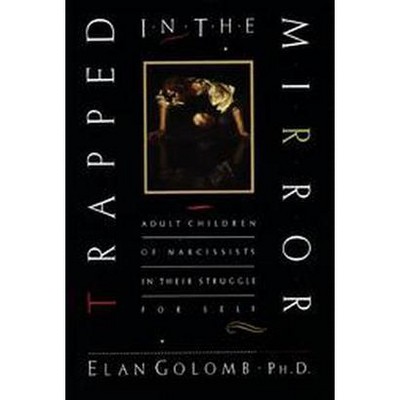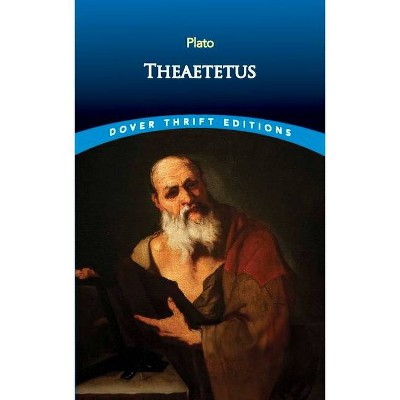The Starflight Handbook - (Wiley Science Editions) by Gregory L Matloff & Eugene F Mallove (Paperback)
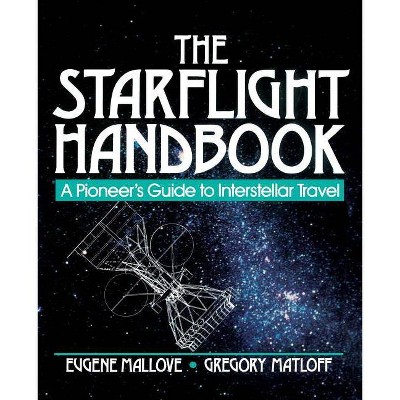
Similar Products
Products of same category from the store
AllProduct info
<p/><br></br><p><b> About the Book </b></p></br></br>"The Starflight Handbook is an compendium of the many and varied methods for traversing the vast interstellar gulf."--Publisher.<p/><br></br><p><b> Book Synopsis </b></p></br></br>The Starflight Handbook A Pioneer's Guide to Interstellar TravelThe Starflight Handbook is an indispensable compendium of the manyand varied methods for traversing the vast interstellar gulf--don'tleave the Solar System without it! --Robert Forward Verysensible, very complete and useful. Its good use of references andtechnical 'sidebars' adds to the book and allows the nontechnicaltext to be used by ordinary readers in an easy fashion. I certainlywould recommend this book to anyone doing any thinking at all aboutinterstellar flight or the notion of possibilities of contactsbetween hypothetical civilizations in different stat systems.--Louis Friedman Executive Director, The Planetary Society TheStarflight Handbook is the first and only compendium on planetEarth of the radical new technologies now on the drawing boards ofsome of our smartest and most imaginative space scientists andengineers. Scientists and engineers as well as general readers willbe captivated by its: <br> * In-depth discussions of everything from nuclear pulse propulsionengines to in-flight navigation, in flowing, non-technicallanguage<br> * Sidebars and appendices cover technical and mathematical conceptsin detail<br> * Seventy-five elegant and enlightening illustrations depictingstarships and their hardware<p/><br></br><p><b> From the Back Cover </b></p></br></br>From the Tower of Babel to the Starship Enterprise, some part of our collective mind has always been at work scheming of ways to storm the heavens and reach the stars. Now, as we approach a time when the future of our species may depend upon more than what our beautiful but meager portion of galactic real estate offers, we are, fortunately, closer than ever to fulfilling that age-old ambition. But beyond the known planets, our closest extrasolar neighbor is 270,000 times more distant than the Sun, and bridging the vast distances to the fertile worlds that may lay beyond our Solar System will require radically new technologies--technologies as different from current capabilities as was Apollo 11 from The Spirit of St. Louis. The technological revolution that began in 1957, when Sputnik I pierced the atmosphere and made its way into Earth orbit, is really only the prelude to the much grander story of interstellar travel. The Starflight Handbook is the first compendium on planet Earth of the many and varied approaches to starflight now on the drawing boards of some of our most talented scientists and engineers. In an easy, nontechnical style, the authors offer in-depth discussions of everything from nuclear pulse propulsion engines to interstellar navigation systems, while detailed technical and mathematical information is reserved for sidebars and special appendices. Interwoven through the text are historical perspectives as well as related social and cultural considerations about the necessity and feasibility of starflight within the next quarter to half century. Generous coverage is given to interstellar propulsion schemes of all kinds; space-time problems in starflight; long-range, star to Earth communications; effects of the interstellar medium on people and machines; scientific payloads; interstellar arks and colonies; and techniques for spotting extrasolar planets. Throughout, the text is liberally sprinkled with elegant and enlightening illustrations depicting many of the ingenious and fantastic designs for starships and their hardware. The Starflight Handbook belongs on the shelf of anyone who has ever given thought to mankind's destiny in space. Specialists and laymen, astronomers, and science fiction buffs alike will appreciate its wealth of detailed information and its graphic presentations.<p/><br></br><p><b> About the Author </b></p></br></br>About the authors EUGENE F. MALLOVE, ScD, holds advanced degrees in astronautical engineering and environmental science. He is the Chief Science Writer at the Massachusetts Institute of Technology and a nationally syndicated columnist whose articles have frequently appeared in major newspapers including the Washington Post. His recent book, The Quickening Universe, which deals with the origin, evolution, and destiny of the universe, has earned him the reputation of being one of the most stimulating writers on scientific and scientifical/philosophical issues working today. GREGORY LEE MATLOFF, PhD, is Chairman of the Department of Mathematics, St. Hilda's and St. Hugh's School, and Adjunct Professor at Long Island University. He has been a professor at Pace University and The City University of New York, and is currently Official Astronomer for The New York Citi Department of Parks and Recreation. Dr. Matloff is the author of numerous technical and popular articles on interstellar travel and has served as a consultant in atmospheric science to NASA.
Price History
Price Archive shows prices from various stores, lets you see history and find the cheapest. There is no actual sale on the website. For all support, inquiry and suggestion messagescommunication@pricearchive.us

